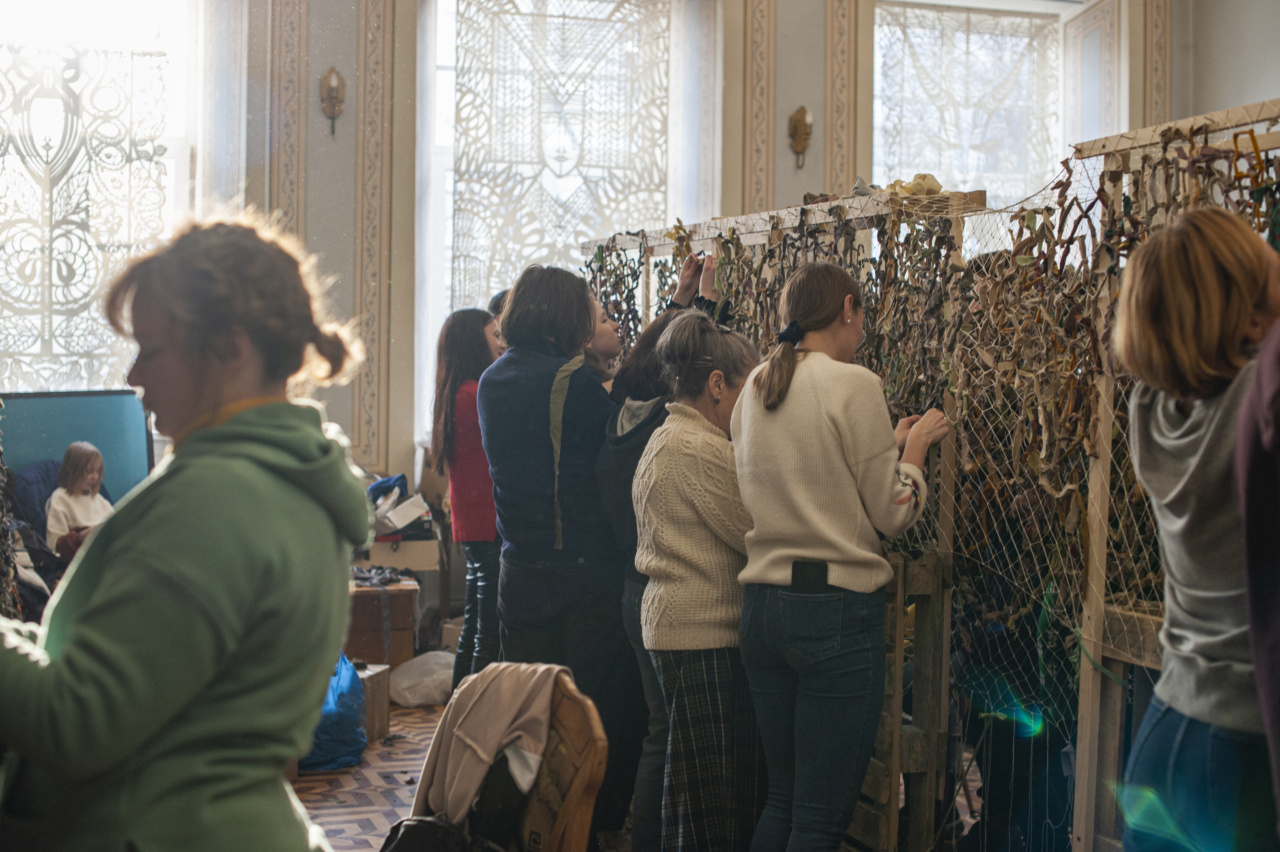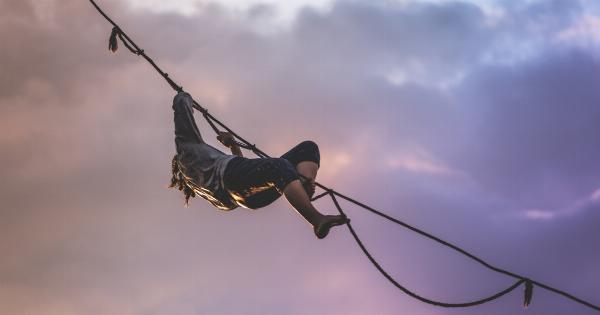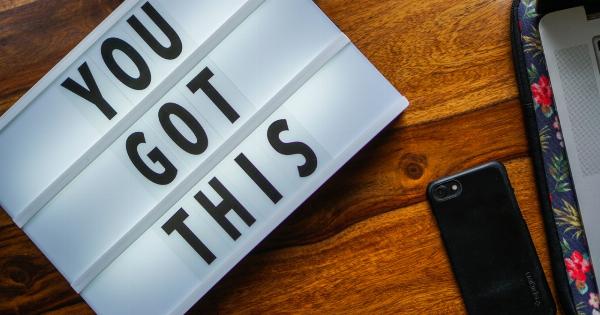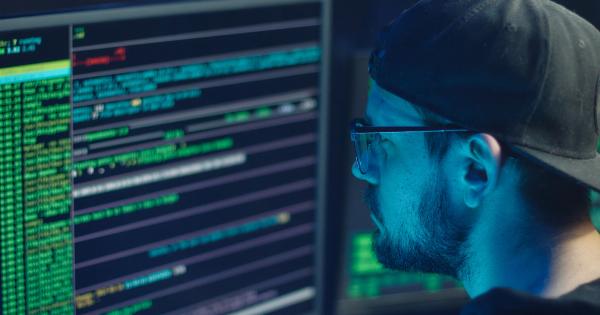Many people have been turning to making their own sunscreen as a way to save money and avoid the chemicals found in store-bought brands. While it may seem like a safe and natural alternative, making your own sunscreen can actually be quite dangerous.
Here are some of the risks involved in making your own sunscreen.
Risk of Sunburn
The main reason people use sunscreen is to protect themselves from the harmful effects of the sun. When you make your own sunscreen, you run the risk of not getting enough sun protection.
You may not be adding enough of the key ingredients that protect against UVA and UVB rays, leaving your skin vulnerable to sunburn and other damage. Sunburn can lead to skin cancer, premature aging, and other health problems, so it’s important to make sure you’re getting adequate sun protection.
Inaccurate Sun Protection Factor (SPF)
When you buy sunscreen from a store, you can trust that it has been tested and labeled with an accurate SPF level. However, when you make your own sunscreen, it can be difficult to accurately measure the SPF.
You may think that you’re getting a certain level of protection, but in reality, you could be getting much less. This can leave you vulnerable to sunburn and other damage.
Contamination
Making your own sunscreen involves mixing various ingredients together, and if you’re not careful, your mixture can become contaminated.
Bacteria and other microorganisms can grow in homemade sunscreen, which can cause skin infections and other health problems. If you’re going to make your own sunscreen, it’s important to use clean, sterilized equipment and to follow proper hygiene practices.
Inconsistency in Ingredients
When you make your own sunscreen, there is a risk of inconsistencies in the ingredients you use.
For example, the zinc oxide you buy from one supplier may not be the same as the zinc oxide you buy from another supplier, which can affect the way the sunscreen works. It can also be difficult to get the right consistency and texture, which can make the sunscreen difficult to apply and less effective.
Lack of Broad-Spectrum Protection
Broad-spectrum protection is important when it comes to sunscreen, as it protects against both UVA and UVB rays. When you make your own sunscreen, it can be difficult to get the right combination of ingredients to provide broad-spectrum protection.
This can leave you vulnerable to damage from both types of rays.
No Guarantee of Effectiveness
When you make your own sunscreen, there is no guarantee that it will be effective. You may think that you’re getting the protection you need, but in reality, you could be leaving yourself vulnerable to sun damage.
This can lead to health problems down the line, so it’s important to take sun protection seriously.
Conclusion
Making your own sunscreen may seem like a good idea, but it can be quite dangerous.
You run the risk of not getting enough sun protection, inaccurate SPF levels, contamination, inconsistent ingredients, lack of broad-spectrum protection, and no guarantee of effectiveness. It’s important to protect yourself from sunburn and other damage by using a reputable, store-bought sunscreen that has been tested and labeled with an accurate SPF level.































